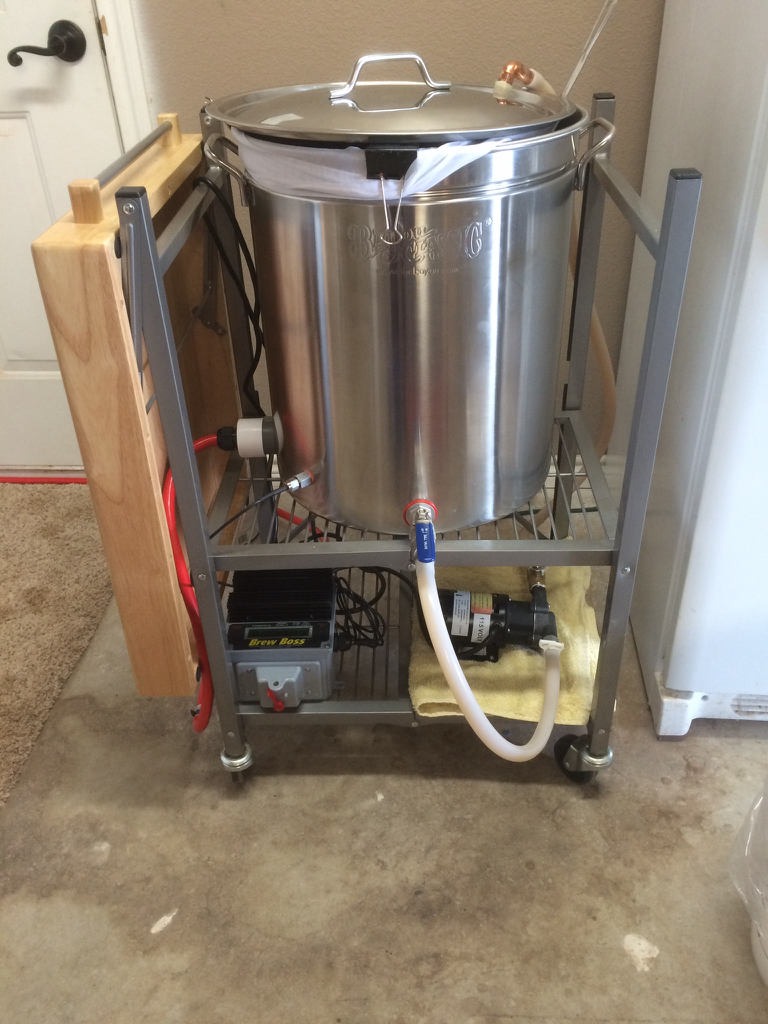I know now why talking about "efficiency" can be so confusing. I thought I was using the proper terms, but I wasn't. When I said, "Brewhouse Efficiency" I should have said, "Pre-Boil Efficiency." Here's the terms I need to use to describe what I'm talking about taken from BrewersFriend.com:
Conversion Efficiency - The percentage of total available sugars that were extracted from the grains inside the mash tun. This is the gravity measured before the boil. The volume does not count grain absorption or mash tun dead space.
Pre-Boil Efficiency - The percentage of total available sugars that made it into the kettle. The gravity is measured before the boil. The volume is how much wort went into the kettle.
Ending Kettle Efficiency - The percentage of total available sugars that made it to the end of the boil, before draining the kettle. Gravity is measured as OG after cooling, before pitching yeast. Volume is measured as the ending kettle volume when cooled, before draining.
Brew House Efficiency - An all inclusive measure of efficiency, which counts all losses to the fermentor. This can be thought of as 'to the fermentor' efficiency. Hops absorption factors into this. Gravity is measured as OG after cooling, before pitching yeast. Volume is how much wort went into the fermentor.
Using the terms above, my earlier post should have said:
As long as you crush your malt appropriately (whether at .050 or .005) and give the mash the proper time & temperature, you'll always get
100% CONVERISON EFFICIENCY (or very near 100%). A starch test will certainly verify conversion.
But once your conversion is complete, your gravity will not change. At the end of your mash, if you take a gravity sample, that is your pre-boil gravity. Even before you remove the bag/basket/grain, you're still seeing your pre-boil gravity.
This is true IF your wort is sufficiently mixed (which happens with a recirculating system).
From there, the only thing that will effect your
PRE-BOIL EFFICIENCY is the amount of wort you lose that is retained/absorbed by the grain that you can't get out. This is affected by how well you "drain your wort" out of the grain.
Your
PRE-BOIL EFFICIENCY in a BIAB system has to do with the drainage of the wort from the grain...not the crush. All things being equal (water amounts/grain bill/mash time/mash temp) if you ended up with more pre-boil wort in the kettle (after removing the bag/basket/grain) your
PRE-BOIL EFFICIENCY would be better because your "drainage" is better.
So...
I tried a coarser crush this weekend...my mash efficiency has been right around 85%, but when I increased the crush, it dropped to 75% (60-minute mash). I didn't measure the conversion, so I don't know if longer mashing would have increased the efficiency, but it definitely was worse for the same length of time.
To help me (and others) know what you're talking about, what type of "efficiency" are you referring too? Was your pre-boil gravity lower than expected? Did you end up with less wort (so a higher absorption rate)? Just trying to understand. Thanks!
I had the same experience yesterday. Missed my gravity and was about 10% lower in efficiency than normal, but with my usual 30 minute mash.
What type of "efficiency" are you talking about? Did you sparge? Did your pre-boil/post bag pull gravity come in lower? Thanks!













![Craft A Brew - Safale S-04 Dry Yeast - Fermentis - English Ale Dry Yeast - For English and American Ales and Hard Apple Ciders - Ingredients for Home Brewing - Beer Making Supplies - [1 Pack]](https://m.media-amazon.com/images/I/41fVGNh6JfL._SL500_.jpg)
















































